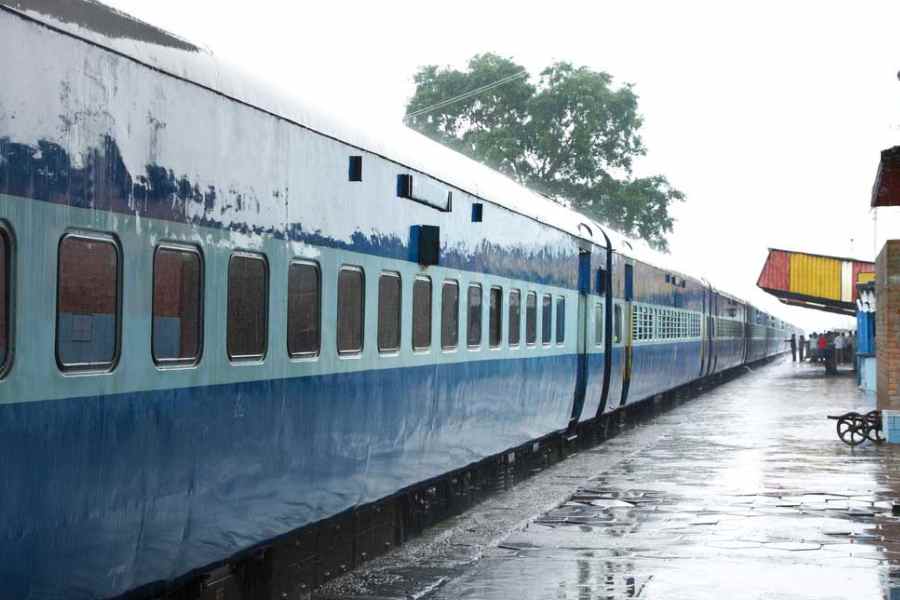It could have ended in disaster. A Finnish archaeology student, travelling on a sleeper train from Moscow to Murmansk, finds that the only other occupant of her compartment is a boorish Russian miner. Coarse and the worse for drink, the man is chatty and intrusive, and she dreads the long journey ahead of them. But as time passes, the distance between them shrinks and they forge an unlikely kinship. In an evocative moment in the film, Compartment Number 6, we see the two characters playing together with childlike abandon in the snow outside.
When we think of public transport, we tend to regard it as vehicles that get us from one place to another. But public transport is also a space that brings people from diverse social backgrounds into close contact. If the city is a community of strangers, it is in shared modes of transport that this co-mingling becomes most visible.
Whenever I am in a new city, the most enjoyable way for me to get to know it is
to take a bus. It is a very telling way of observing how people relate to fellow passengers. Such as the time when two white, male co-passengers on the metro in Newcastle in England conversed loudly about how the influx of immigrants has ruined the culture of the region. Or just how commonplace women getting groped on trains in Tokyo seems to be. Or how frequently the seat next to darker-skinned men would remain vacant on buses in Singapore.
There are, however, also other kinds of encounters on public transport that may be more affirming. A friend from Afghanistan who lives in Rotterdam recounted to me with great joy his interactions with a Nigerian taxi driver. Surprised to find the driver enthusiastically listening to Bollywood songs, he began chatting with him about Hindi cinema and learnt that Bollywood has been immensely popular in Nigeria since the 1950s. This conversation inspired my friend to read up on the travels of Bollywood to Africa.
In Indian cities, the autorickshaw is frequently perceived to be the very image of unruliness. One afternoon in Calcutta, as I was travelling in an autorickshaw, it slowed down near a Montessori school. A middle-class woman in her early thirties boarded the autorickshaw with her daughter. The woman was speaking loudly to her daughter, asking the child why she cried all day in school. This chatter generated a great deal of amused interest among the driver and the passengers and they joined in the conversation. The atmosphere in the vehicle was one of affectionate banter.
There is a need to amplify stories of such happenstance encounters on public transport. Such brief interactions can spur an open-minded curiosity about lives that seem different from the ones we live. Cities are often crucibles of social suffering — homelessness, infectious disease, displacement, police violence, street harassment. But city life can also instil vitality in urban dwellers, imbuing people with the
energy of compassion. In their inherent unpredictability, cities have the
capacity to create slivers of mutual understanding.
Public transport often becomes a practical workshop for learning how to co-exist with strangers in the city. What lessons are derived from these encounters on the move are consequential to whether our cities will be hospitable for only the privileged or for everyone. On Tokyo’s commuter trains, there is a growing trend among younger men to markedly hold on to the railings above with both hands while standing next to women; the aim is to signal to women that they have no intention of groping them. Women passengers notice these signs and draw some reassurance from these gestures. In polarised times, we need examples of strangers looking past their differences to find common ground between each other. Like dissimilar characters forced to share space inside a train compartment, we need to open ourselves to the possibility of discovering shades of ourselves in people we assume we have nothing in common with.
Romit Chowdhury is a sociologist based at Erasmus University College, Rotterdam, and the author of City of Men: Masculinities and Everyday Morality on Public Transport










